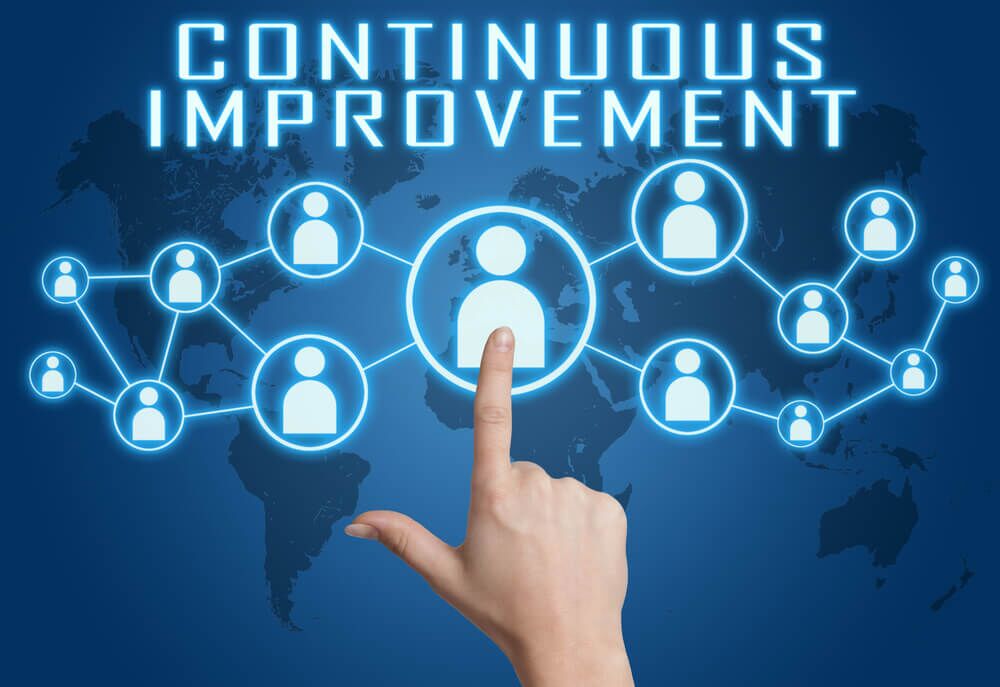Today’s business environment is characterised by intense global competition and fast-paced changes. That’s why production functions of manufacturing companies must have the capacity of undertaking large-scale improvement of a radial and innovative nature. Moreover, that’s why companies are interested in innovative methods of production planning.
Definition
Kaikaku is a Japanese word meaning change or reformation. The Kaikaku method tends to entail large-scale changes involving wide-ranging activities. Changes are made in, for instance, production processes, pieces of production equipment, culture in organisations, manufacturing strategies, leadership styles, information systems, and management processes. In some cases, the scope of the change was the production systems and all production functions or the whole company. It often involved the implementation of lean production.
Nowadays, companies must be proficient in radical innovation in production to maintain their advantages. They must be capable of creating new knowledge and constantly developing and implementing new production technologies, processes, and equipment which helps them keep a competitive edge and make “unique” goods. Kaikaku offers improvement that involves fundamental rethinking and radical design of systems and processes related to production, the performance of the production system, which is frequently measured in terms of cost, quality, speed, and flexibility.
Ready to Streamline Your Shop Floor?
Online manufacturing software that puts you in control.
Get started today14-day free trial - No credit card needed - Unlimited free support
The Kaikaku method implementation
Kaikaku is a deliberate effort initiated by the top and senior management and requires a strong direction from the administration, as the implementation and the result significantly impact business. Since Kaikaku often changes the processes that involve different groups, divisions, or departments in the organisations, coordination and direction from the high-level management are needed. The Kaikaku method can be characterised as a top-down approach, but this does not necessarily mean that changes are never collaborative and participative. Sometimes the actual differences are driven by employees at lower levels of the organisation.
Kaikaku form
Kaikaku uses a definite period with specific targets to be achieved at the end of the period. Therefore, it is typically seen as a large project or an initiative. The extensive project often contains smaller ones conducted at different points of time during the overall enterprise. The time frames of the Kaikaku initiatives ranged from a few months to a few years.
The Kaikaku method process
The Kaikaku process consists of several stages:
- Preparation
It is essential to ensure management commitment, identify necessary changes, set up strategy and targets, prepare smaller projects, allocate tasks, and educate staff on further steps.
- Redesign
This phase allows us to analyse processes, make necessary adjustments, and test and evaluate solutions.
- Implementation
Finally, it’s time to implement new systems and processes, provide training for employees and monitor changes.
Kaikaku projects
Kaikaku projects can be of four different types:
- Locally innovative implementation – for example introducing a solution well-known to the industry, but new to the company;
- Locally innovative methodology – for example introducing new methods, well-known to the industry, but new to the company;
- Globally innovative implementation – for example introducing a new solution to the industry;
- Globally innovative methodology – for example introducing a new production theory to the industry.
Some of the Kaikaku projects result in 30-50% improvements due to their radicality.
Organisation structures and resources need to be prepared to support the mentioned types of Kaikaku. A process of Kaikaku can be seen as a series of unfolding more minor improvements or development projects that are undertaken to achieve overall objectives. In each project, exploration and organisational learning are facilitated, so even in a smaller company, it is possible to benefit from such an approach.
If you wish to learn more about other optimisation methods of production planning processes, check out this article.
Ready to Streamline Your Shop Floor?
Online manufacturing software that puts you in control.
Get started today14-day free trial - No credit card needed - Unlimited free support
